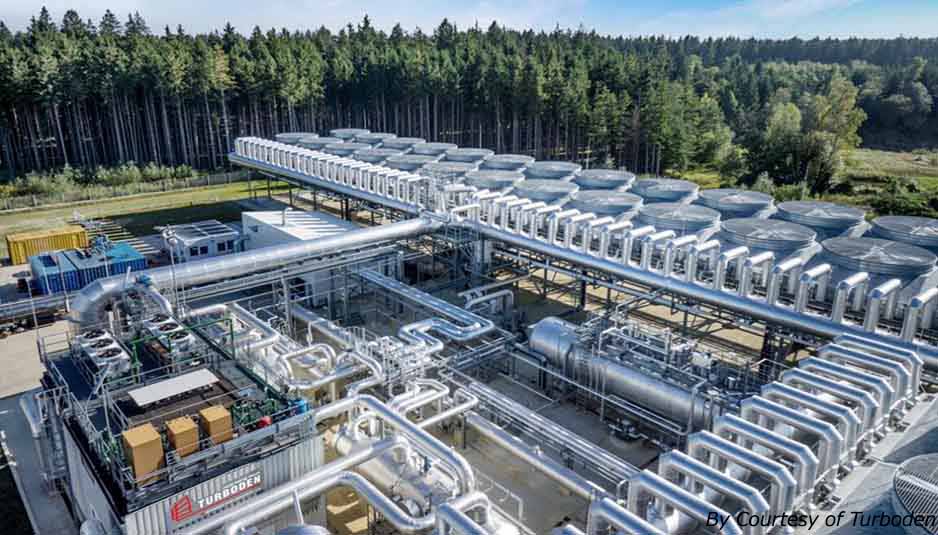Zero Emission Geothermal Plant: an Italian Invention

turboden.eu
Geothermal energy has been developed in Italy. A team of engineers and scientists used the geyser’s steam in 1827, at Lardarello site, in order to extract boric acid. Today, in 2015, almost 200 years later, Diego Righini, engineer and manager of ITW LKW is developing, with a technical team, two zero polluting emission pilot geothermal plants in Viterbo and Terni (Lazio region, Italy). The plant will work with a close fluid circuit and, therefore, no gas dispersion or polluting emissions will occur.
One of the problems of geothermal technology is the release in the atmosphere of a not negligible amount of gases – such as the bad-smelling hydrogen sulphide – and of carbon dioxide. This was an inevitable problem due to the geothermal hot water flow cooling-down and its canalization toward the electric generators. Nevertheless, Righini’s company is sustaining to overcome the problem with specific studies and a thirty-people team characterized by engineers, geologist and technical staff.
Righini himself has explained, “the news is that we will produce electric energy without emissions in the environment and with the possibility to give heat power to the district heating network. The plant uses geothermal fluid’s heat in order to vaporize, with the help of heat exchangers, e second fluid. The latter will expand in a turbine and it will produce electricity. Later, the steam will be condensed and will be used again for the process. Once it will give all its heat for the electric generation, and before it would be inserted in the ground again, it could be used to industrial and civil purposes and, also, it could be used its residual pressure to produce more electricity. The two plants will cost almost 40 million of euros each. The technical design part alone has a cost of 5 million. This investment will be paid back thanks to the clean energy it will produce and it will give to the GSE (Electric Services Managing Authority)”.
The plant, basically, will work with a close circuit at 300 °F (150 °C). The first plant (Terni’s one) ITW LKW should be ready on September, meanwhile the second one (Viterbo) should be ready in the summer 2016.
